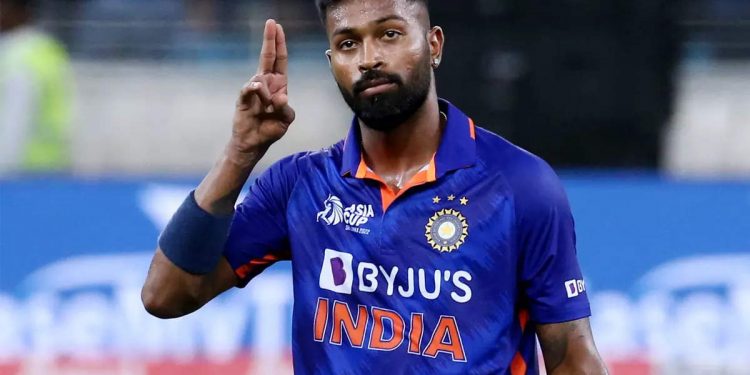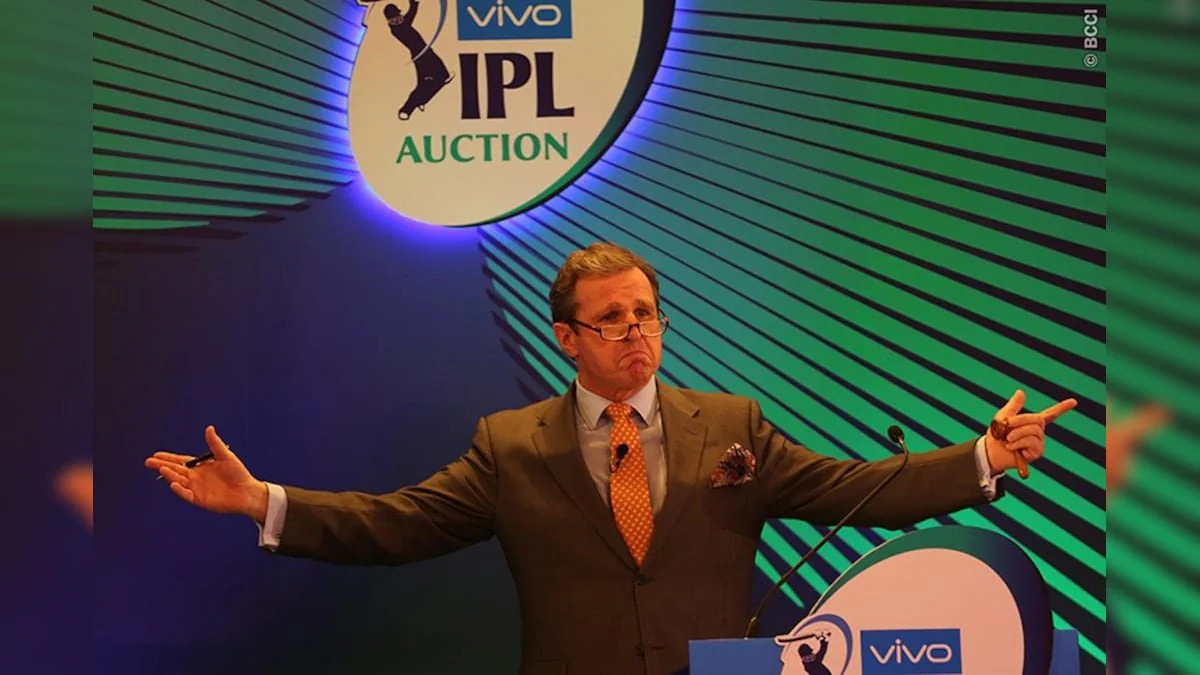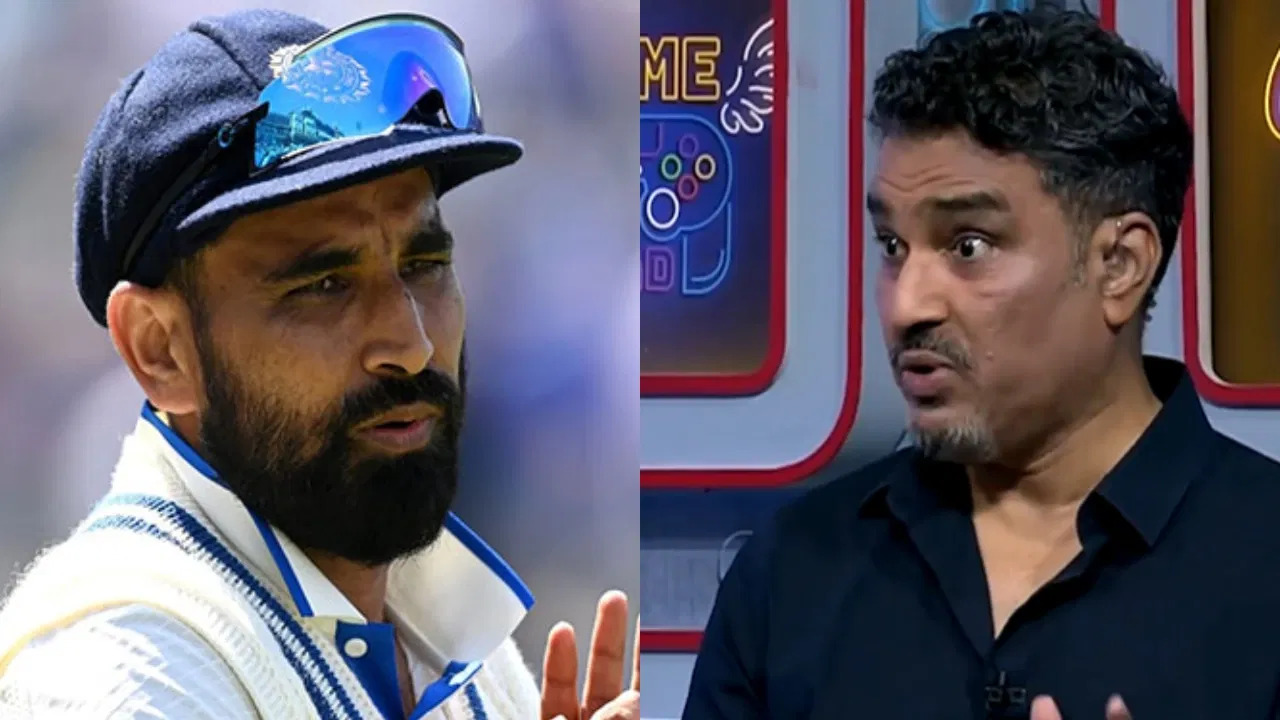Hardik Pandya, Team India‘s vice-captain, discussed the particular difficulties and mindset of an all-round player in sports with Star Sports in exclusive interviews on “Follow the Blues LIVE,” highlighting the significance of self-belief and adaptability to suit the needs of the team.
Hardik Pandya, vice-captain of Team India, commented on his job as an all-rounder in the team and how he prepares before entering to bat or bowl, saying, “As an all-rounder, my workload is twice or three times that of everyone else. I’ll continue to bowl until one of the team’s batters has finished his at-bat and is leaving for home.
For me, this means that all of the organizing, all of the pushing, and everything else takes place during the sessions, my training, or my pre-camp season. When the game starts, it is more about what the team needs and how well the managerial side performs. It is also more practical to decide how many overs I will need. Because if 10 overs are not required, it serves no use for me to bowl 10, but if 10 overs are required, I will bowl.
Because I have always felt that when we go as believers, when I’m standing there, yeah, my ten players, my ten brothers are around me, but at the same time I’m alone, I have always believed that by reading the game and by supporting myself, I give myself a chance to succeed. I must fully support myself when I bowl since the opposing team and the batter want me to err. As a batter, yeah, two people are batting at the same time, and he is fighting alongside me, but there are also eleven people on the ground opposing me, and it might be the audience or anything else at the same time.
In light of this, I’ve come to the conclusion that you need to believe in yourself and support yourself no matter what happens. While it does not ensure your success, it does provide you motivation and direction while you strive for it, so you can essentially back yourself.
Sanjay Manjrekar, a former Indian cricketer, praised Hardik Pandya and Ishan Kishan for their outstanding efforts in a recent match, praising their capacity to adjust and prioritize the needs of the team.
In reference to the previous game between India and Pakistan, former Indian cricketer Sanjay Manjrekar stressed the significance of Hardik Pandya and Ishan Kishan’s innings, saying, “See the match that happened between India and Pakistan, there was no result to the match, but it was a great result for India, and the main result which India wanted was that contribution from Hardik Pandya, the runs, and Ishan Kishan also played well. And because it was unexpected, the two of them performed so wonderfully. Ishan Kishan and Hardik Pandya are both. However, for about 70 minutes, Hardik Pandya was only taking singles and constructing his innings since he had to play cautiously.
Hardik Pandya is a very aggressive batsman who can hit huge sixes whenever he wants.
Cricket is a singles-based game in 50 overs, and the middle phase in particular is particularly dull for both the spectators and the players. However, Hardik Pandya and Ishan Kishan played that dull phase brilliantly, and they helped India reach a decent position. Therefore, their partnership and the way they put the requirements of the team before their own desire to play their natural game produced a really positive outcome for India. That, in my opinion, was the match’s best discovery.
Manjrekar also covered Pakistan’s Shaheen Shah Afridi and the exciting match between India’s top order and him, providing insightful commentary on how the Indian batsmen could gear up for this difficult challenge.
As for how the Indian top order should gear up to support Shaheen Shah Afridi in the forthcoming encounter between India and Pakistan, Manjrekar said, “Actually, the battle between India and Pakistan was a very exciting clash between Shaheen Afridi and India’s 1, 2, and 3. Virat, Rohit, and Gill. In the first stint of the opening phase, which came before the rain, he was delivering classic Shaheen Afridi deliveries.
He was trying to get the ball to swing inwards by bowling farther up the pitch, and Rohit Sharma and Shubman Gill were playing that length extremely effectively. Instead of bowling it up farther, which he believed to be his main weapon – to bring the ball up further and make it swing – the Indian squad and the Indian openers were playing Shaheen Afridi very well.
After that, it started to rain, and Waqar Younis, who was in commentary with me, advised him to cut his length back a bit so that it was just a little bit shorter. After the rain, Shaheen Afridi must have heard something because he brought his length back after the break. In that length, the nice length, Rohit Sharma and Virat both left the field.
Therefore, it wasn’t the customary Shaheen Afridi delivery that worried the Indian batters; rather, it was the shorter length, which meant that the pitch’s movement caught them off guard. They must thus get ready for these kinds of deliveries as well, but the good news is that neither Rohit Sharma nor Shubhman Gill were intimidated by Shaheen Afridi’s major swinging ball.














 Win Projections to be updated soon
Win Projections to be updated soon


















